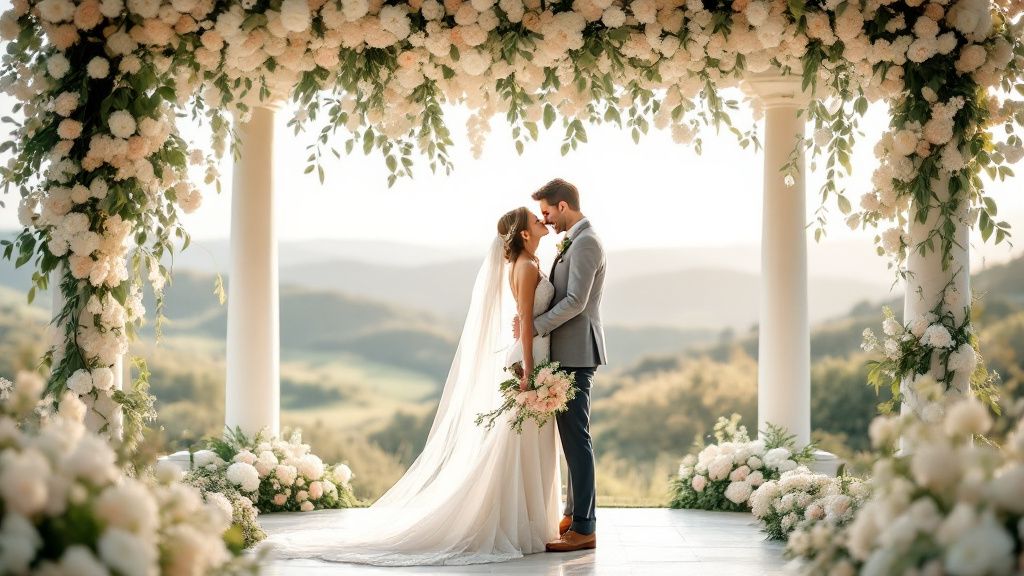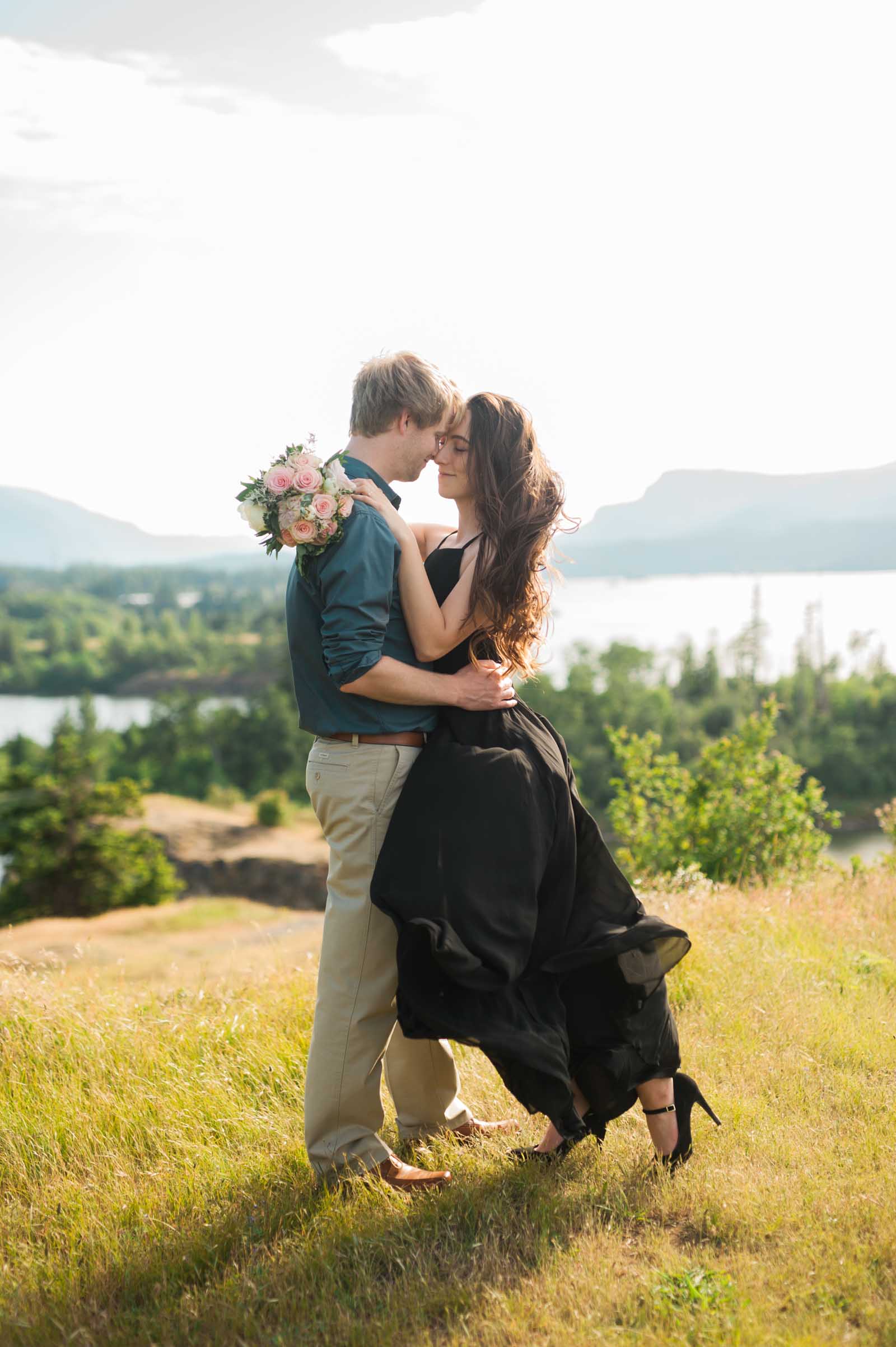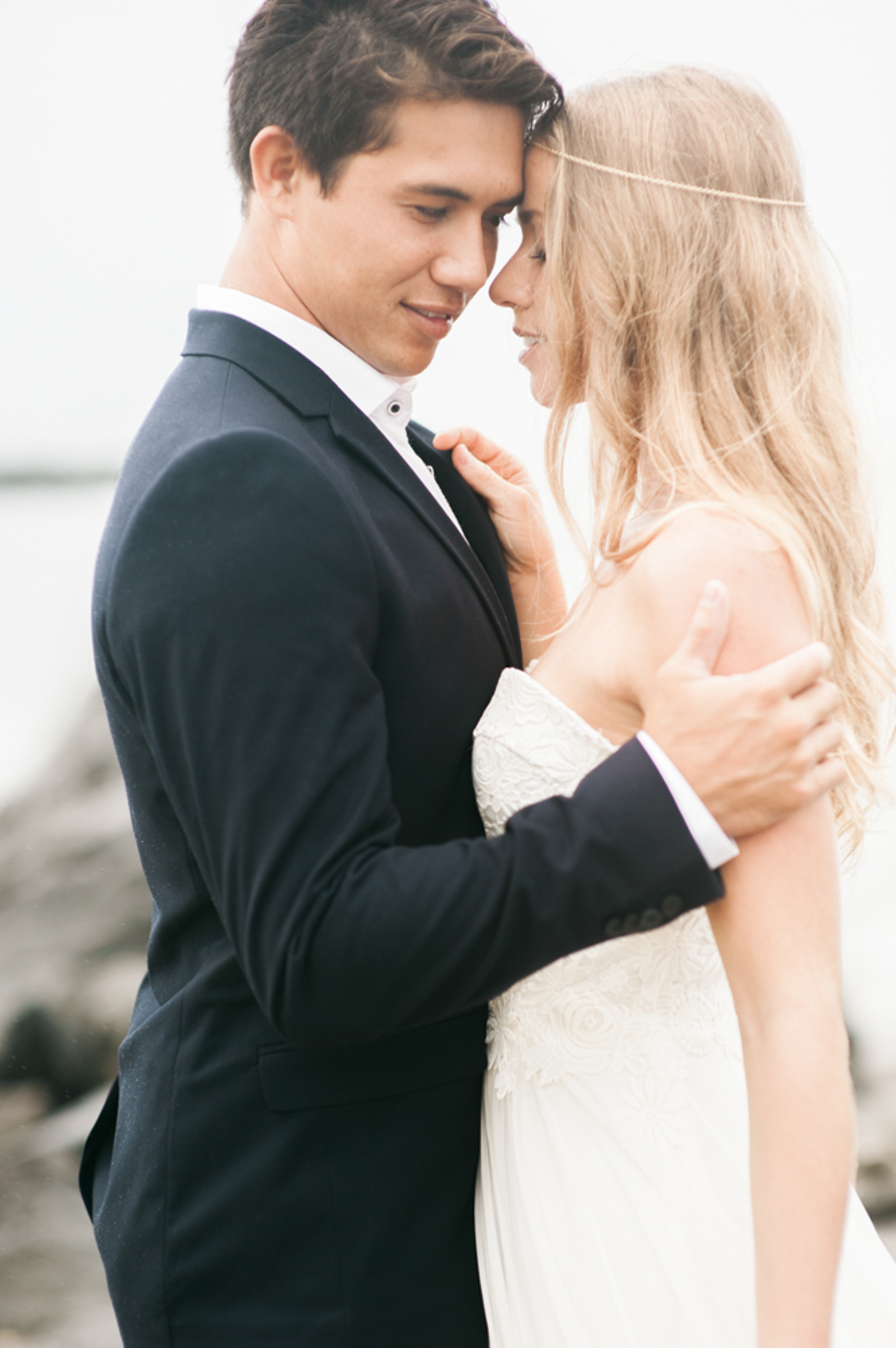Embarking on the journey of wedding photography offers you the incredible opportunity to craft enduring memories. As you explore the nuances of capturing these fleeting moments, you’ll discover that wedding photography is much more than just snapping shots—it’s an art form that blends emotion, precision, and creativity. Your ability to capture the genuine emotions and spontaneous interactions during such a radiant celebration is what transforms simple pictures into treasured keepsakes. Through your lens, each nuanced gesture, shared glance, and heartfelt smile becomes immortalized, allowing couples to relive their special day endlessly. Navigating the various wedding photography styles is essential in ensuring your work resonates with the couple’s vision. By offering thoughtfully curated wedding photography packages, you can cater to diverse preferences, providing options that not only satisfy aesthetic desires but also accommodate different budgetary needs. The secret lies in your preparation and the implementation of effective wedding photography tips. Observing the play of light during different parts of the day, employing composition techniques that highlight the subjects, and maintaining unobtrusive attention to candid moments all contribute to an outstanding portfolio that tells a compelling story. Through your dedication and skill, you weave a visual narrative that will be cherished by generation after generation.

Understanding the Importance of Wedding Photography
To appreciate the significance of wedding photography, envision it as an all-encompassing narrative, capturing the essence of a momentous occasion. It extends beyond documenting an event, serving as a vessel for emotion, sentiment, and history. The emotions encapsulated within those images will become a tangible legacy, cherished and relived by generations.
When you recognize wedding photography as more than just pictures, you shift your mindset to viewing it as an artistic endeavor that immortalizes love stories. The interplay of diverse wedding photography styles becomes apparent as you tailor each shot to reflect the couple’s unique journey. This insightful approach elevates your work from routine to revolutionary.
Curating personalized wedding photography packages empowers you to meet varied needs and expectations. Offering flexibility in packages ensures that different preferences and budgets are acknowledged, allowing you to foster genuine client relationships. Through thoughtful consideration, your work aligns seamlessly with the couple’s vision.
Wedding photography tips are crucial in honing your skills and maintaining quality across every event you photograph. Attention to details such as lighting, angles, and candid shots is what sets exceptional photography apart. Each technique you apply contributes to a richer, more textured documentation of one of life’s most momentous occasions.
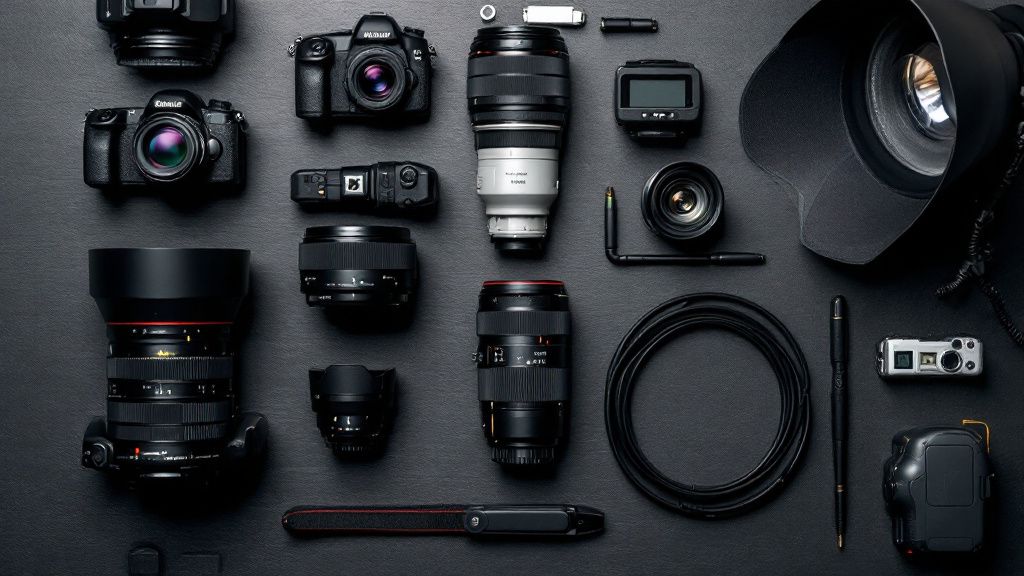
Choosing the Right Equipment for Wedding Photography
Selecting the right equipment is crucial for successful wedding photography. Your camera should be versatile and reliable, capable of adapting to various lighting conditions and scenarios. DSLR and mirrorless cameras are popular choices, known for their image quality and performance in dynamic environments. The lens selection plays a pivotal role too; prime lenses offer sharp images, while zoom lenses provide flexibility. These tools are essential components of capturing the unique essence of the day.
What most people don’t see about wedding photography is the meticulous attention to detail in assembling the perfect gear setup. This behind-the-scenes insight involves choosing equipment like external flashes for low-light conditions and tripods or stabilizers for stability during long shoots. Investing in a robust camera bag can ensure the protection and organization of your gear, enabling you to transition smoothly between locations and minimize potential disruptions.
In addition to standard gear, accessories such as extra batteries, memory cards, and portable storage devices are vital. These ensure you’re prepared for extended coverage without missing crucial moments. Employing such thoughtful preparation not only enhances your technical efficiency but also instills confidence in your clients. By methodically selecting your gear, you’ll be well-equipped to handle the fluid nature of wedding photography, ensuring you capture those fleeting emotions formatively.
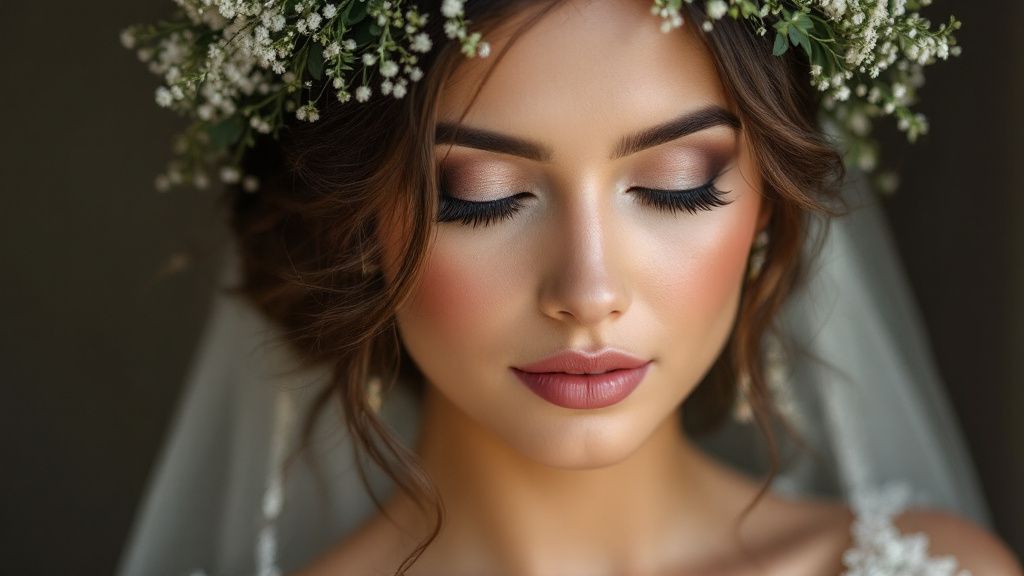
Techniques to Capture Stunning Wedding Portraits
To capture stunning wedding portraits, start by focusing on lighting, which dramatically influences the mood of your photographs. Natural light is a favorite among photographers for its ability to highlight the couple’s features elegantly. Position your subjects near windows or in shaded outdoor areas to harness soft, diffused light that enhances skin tones and gives the image a serene ambiance. Using reflectors can further soften shadows and fill undesirable lighting gaps.
Choosing the right setting and background is integral to creating compelling portraits. Locations that carry sentimental value for the couple or feature breathtaking natural landscapes often yield more authentic and memorable images. Utilize the beauty of open, clutter-free backgrounds to ensure the couple remains the focal point. This technique allows you to craft timeless images that resonate meaningfully with the couple.
Directing your subjects with clear and gentle guidance encourages natural poses and expressions. Understand their comfort levels and personalities to evoke genuine emotions. Incorporating movement, like walking hand-in-hand or sharing a whispered secret, can introduce dynamism and energy into your portraits. Such techniques create a narrative flow within your images, adding layers of emotion and authenticity to each frame.
One unpopular opinion about capturing wedding portraits is that the best shots don’t always come from posed or conventional setups. Candid portraits, where you capture spontaneous moments, often convey stronger emotions and authenticity. Encourage laughter, whispers, and genuine interactions to make the portraits resonate more deeply. It’s these genuine moments that tell the real story of a wedding day.
Experimenting with different lenses and angles can also enhance the creativity of your wedding portraits. Wide-angle lenses offer an expansive view of the scene, while telephoto lenses allow for intimate close-ups. Exploring various perspectives enriches your visual storytelling, offering a diverse and expansive range of images. Tailoring these techniques to your unique artistic style will result in portraits that are not only stunning but also personally significant for each couple.
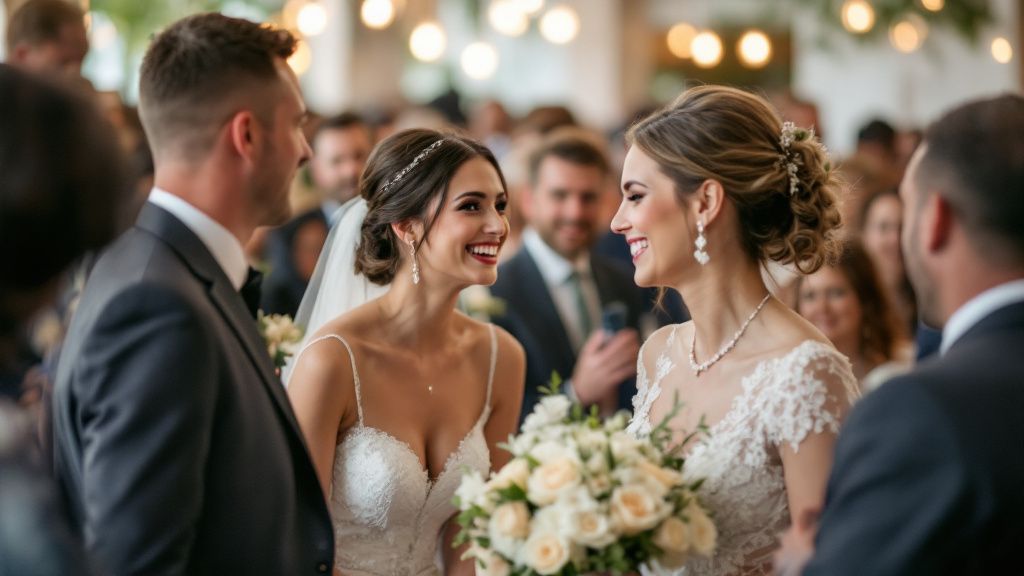
Mastering the Art of Candid Wedding Photography
Capturing candid wedding photography involves blending into the background to seize genuine moments as they unfold. This style requires sensitivity and patience, allowing you to become an unobtrusive observer. By minimizing your presence and waiting for meaningful interactions and emotions, you’ll capture truthful and heartfelt memories that resonate with the essence of the day, providing an authentic documentation of the wedding celebration.
Think of candid wedding photography as a delicate dance. Just like a graceful waltz, it works because of its seamless, fluid movements and the harmony between subjects and surroundings. Your ability to anticipate and react to spontaneous moments enhances your skill in this artistry, creating visual stories that flow naturally and with rhythm, revealing the true beauty of unscripted expressions.
To excel in candid photography, cultivate an awareness of your surroundings and the key players of the event. Imagine yourself as an empathetic storyteller, interpreting subtle cues and gestures to predict when emotions are most likely to peak. Through this approach, candid shots provide a lens into the genuine soul of the wedding, reflecting the genuine bonds and cherished relationships shared throughout the day.
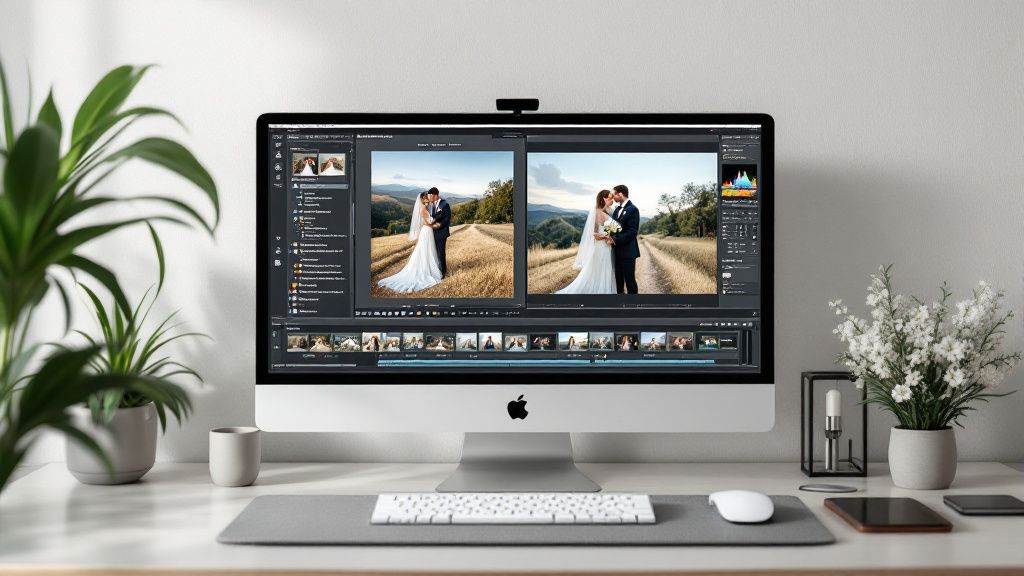
The Role of Post-Processing in Wedding Photography
Post-processing plays a pivotal role in enhancing wedding photography, transforming raw images into polished works of art. It involves adjusting elements like exposure, contrast, and color balance to align with the wedding’s atmosphere and style. This careful refinement ensures the final images convey the emotion and beauty from the day, delivering a product that resonates with your client’s expectations and the artistic style intended.
For example, consider a beach wedding where lighting conditions can be inconsistent due to shifting clouds and reflective sand. During post-processing, you can adjust these variations to create a cohesive set of images that maintain the same warm, romantic feel across the entire album. This effort highlights how post-processing not only corrects inconsistencies but also enhances the storytelling aspect of your photographs.
A crucial aspect of post-processing is maintaining the authenticity of the moments captured. While enhancements can add vibrancy and clarity, striking the right balance between retouching and preserving the natural feel of images is key. Subtle tweaks, such as softening harsh shadows or enhancing the color of the sky, can significantly contribute to the overall aesthetics without compromising the integrity of genuine emotions.
In addition to aesthetic improvements, post-processing can also involve curating the best photos and developing individualized wedding photography packages. Offering various editing styles or personalized albums fulfills different client preferences, expanding your portfolio’s versatility. This customization ensures that you cater to a broader audience while maintaining a distinct quality in your work.
Ultimately, post-processing is about enhancing your vision as a photographer. Wedding photography tips often emphasize this stage as crucial for delivering high-caliber results. By mastering the art of digital editing, you can elevate the images to an exceptional standard, crafting memorable keepsakes that your clients will treasure throughout their lives.
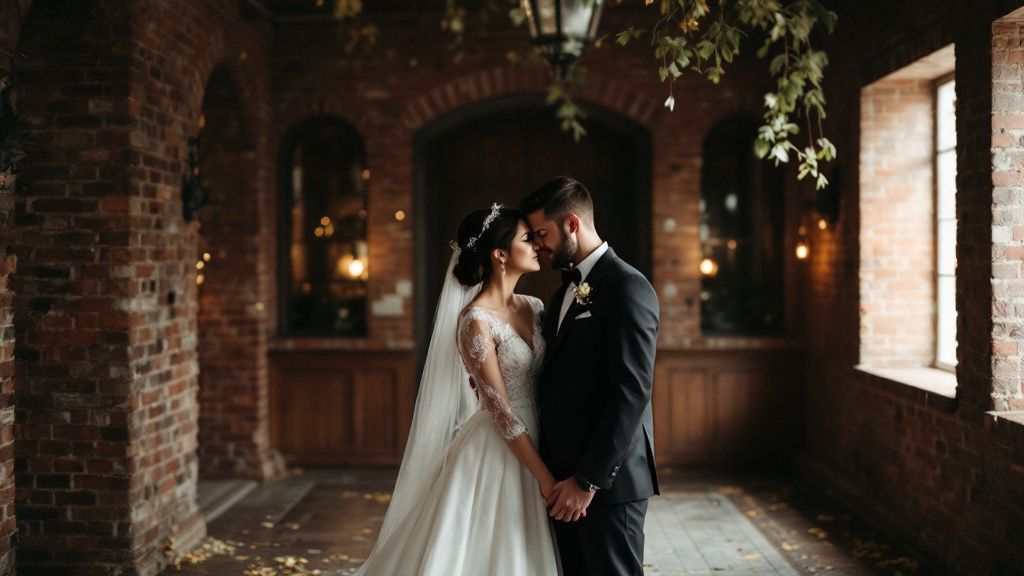
Developing a Personal Style in Wedding Photography
Developing a personal style in wedding photography involves expressing your unique artistic vision. This begins by exploring different wedding photography styles, allowing you to determine what resonates with your aesthetic preferences and how you wish to encapsulate love stories. By experimenting with various techniques, from candid to posed shots, you gradually craft an authentic signature that distinguishes your work in the industry, setting you apart from others.
Looking ahead, personal style in wedding photography is expected to evolve through an increasing fusion of traditional and contemporary elements. As trends shift towards more dynamic and personalized storytelling, photographers will likely embrace innovative approaches, such as integrating digital art or using unconventional formats. This evolution will expand the boundaries of creative expression, inviting fresh opportunities to infuse your own narrative flair into the weddings you capture.
Your personal style is also shaped by the feedback and interactions you have with each couple. Understanding their vision and adapting your approach enhances the emotional depth and authenticity of your portfolio. Through these tailored experiences, you refine your craft and develop a distinctive style that not only reflects your abilities but also aligns with diverse client needs, enriching the overall wedding experience.
